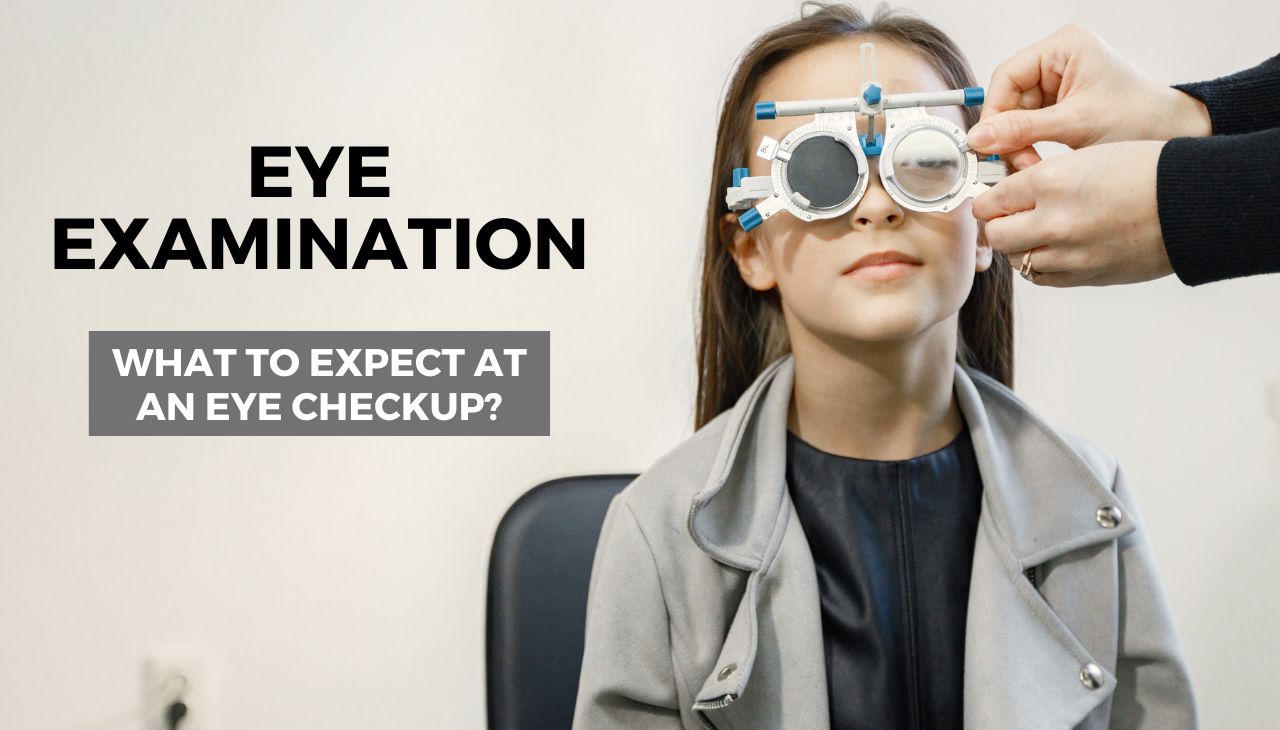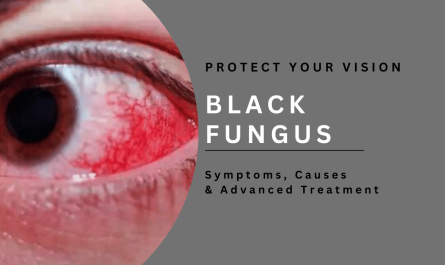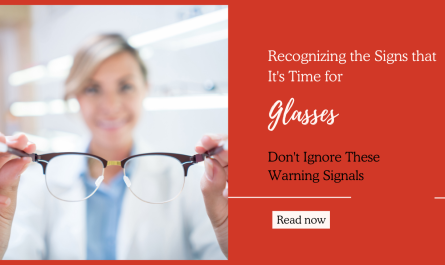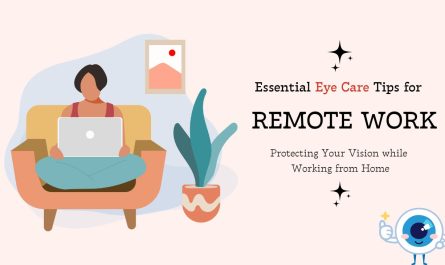An eye examination is a comprehensive process that helps assess the overall health of your eyes and detect any potential vision issues. Regular eye checkups are important for maintaining good vision and overall eye health. Whether it’s your first time or you’re a seasoned pro, knowing what to expect can help you feel more at ease during your visit.

Here’s a comprehensive guide on what typically happens during an eye examination.
Medical History Review
Your eye doctor will start by reviewing your medical history during Eye Examination.
This includes any current medications, previous eye conditions, and family history of eye diseases.
This information helps in identifying any potential risk factors that might affect your vision or eye health.
Visual Acuity Test During Eye Examination
The visual acuity test is probably the most familiar part of an eye exam.
You’ll be asked to read letters from a chart (Snellen chart) placed at a specific distance.
This test measures how well you see at different distances and helps determine if you need corrective lenses.
Refraction Test
If the visual acuity test indicates that you need corrective lenses, a refraction test will be conducted.
You’ll look through a device called a phoropter, which contains different lenses.
The doctor will ask you to compare various lens options to find the prescription that best corrects your vision.
Eye Muscle Examination
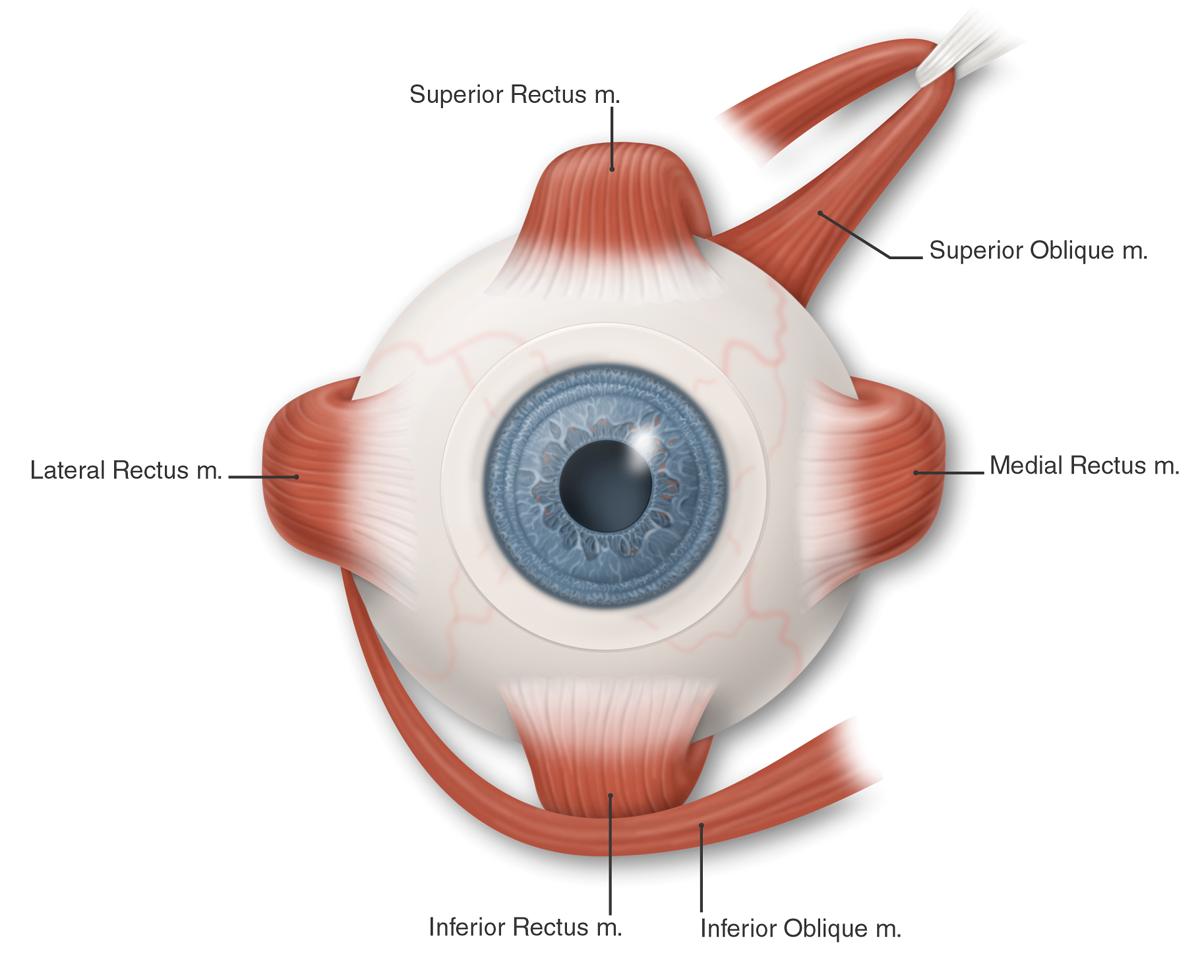
Your eye doctor will check the alignment and movement of your eyes by asking you to follow a small object with your eyes.
This test assesses the strength and coordination of your eye muscles.
Pupil Dilation
To get a better view of the internal structures of your eyes, your doctor may use eye drops to dilate your pupils. This allows them to examine the retina, optic nerve, and blood vessels at the back of your eyes. Dilation can cause light sensitivity and blurred vision for a few hours, so it’s a good idea to bring sunglasses and avoid driving immediately after your appointment.
Tonometry Test
Tonometry measures the pressure inside your eyes (intraocular pressure), which is important for detecting glaucoma.
There are different methods for this test, including a quick puff of air onto your eye or applying a gentle pressure using a tonometer.
Slit-Lamp Examination
A slit-lamp is a microscope with a bright light used to examine the front part of your eyes, including the eyelids, cornea, iris, and lens. This test helps detect any abnormalities or eye diseases such as cataracts, corneal ulcers, or macular degeneration.
Retinal Examination
Using an ophthalmoscope or a special lens, your doctor will examine the back of your eye, including the retina and optic nerve.
This test is crucial for identifying signs of conditions like diabetic retinopathy, macular degeneration, and retinal detachment.
Additional Tests
Depending on your age, medical history, and the findings from the initial tests, your doctor may perform additional tests.
These can include:
- Visual Field Test: Measures your peripheral vision.
- Optical Coherence Tomography (OCT): Provides detailed images of the retina’s layers.
- Color Vision Test: Detects color blindness.
Consultation and Recommendations
After all the tests are completed, your eye doctor will discuss the results with you. They will explain any findings, provide recommendations for treatment or further testing if necessary, and answer any questions you may have. If you need glasses or contact lenses, your eye doctor will give you a prescription. If you experience any vision-related concerns, consult an expert at Laxmi Eye Hospital for the best eye care solutions. Book an appointment today and take the first step towards clear and healthy vision!

